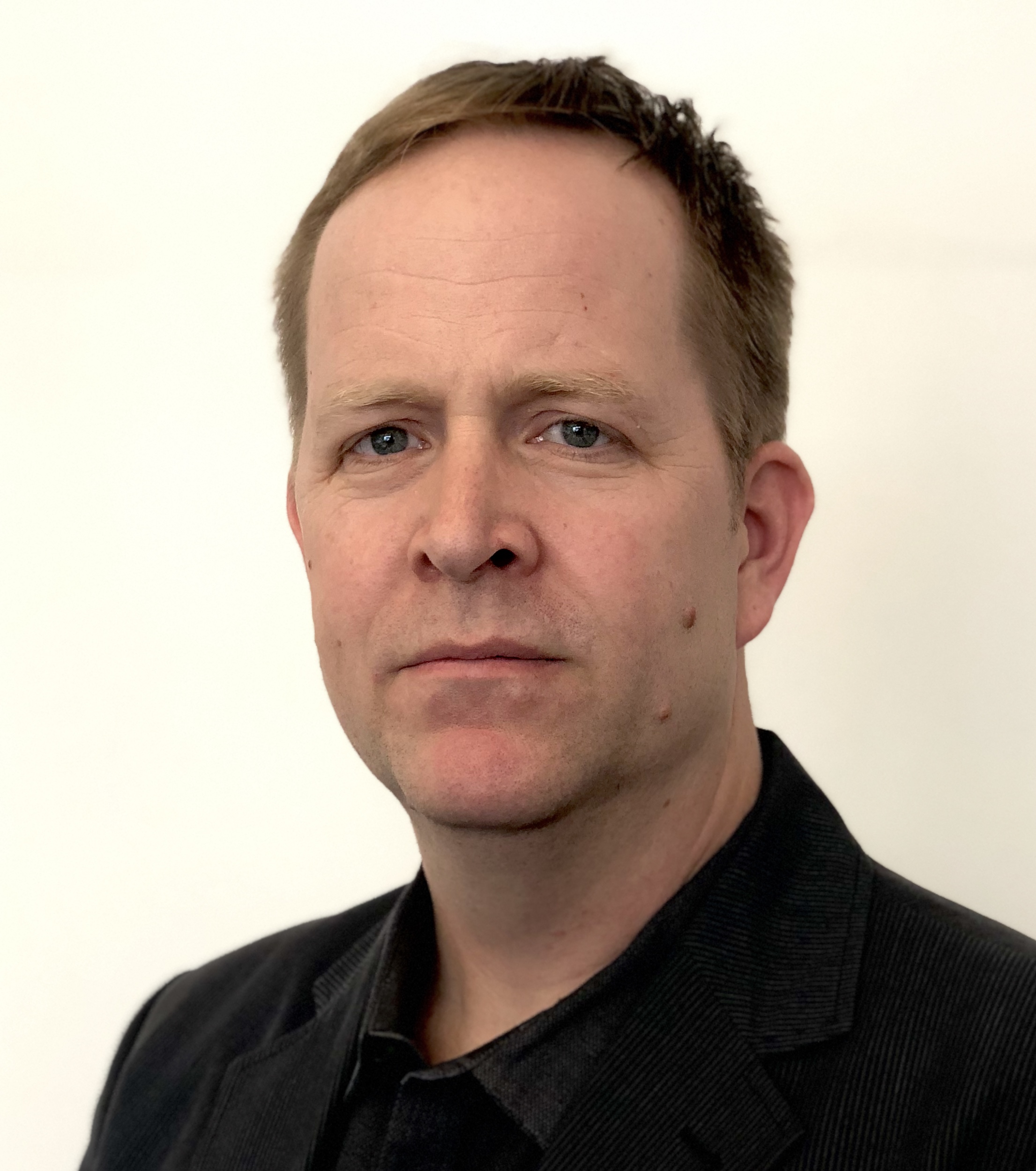Nils Homburg, Manager Exhaust Gas Cleaning Department at SAACKE Marine Systems, explains how SAACKE takes exhaust gas cleaning to the next level presenting as example the pioneering project SAARUS which is a joint research by science and industry, supported by the German Federal Government.
The SAARUS joint project has set itself the goal of reducing not yet regulated particulate emissions by up to 90% in addition to the IMO (International Maritime Organisation) target for reducing sulphur dioxide emissions, which has been tightened up this year. The abbreviation SAARUS stands for (in German) “Optimisation of exhaust gas scrubbing technology for the reduction of environmentally harmful ship emissions”. Two universities, a research institute and six industrial companies under the leadership of SAACKE Marine Systems from Bremen (Northern Germany) are involved. Each project partner contributes their respective expertise – from the use of particulate filter technology in the scrubber to specially tuned water treatment and measurement sensors for engine control.
“The collaboration of these technology areas with regard to maritime exhaust gas scrubbing is so far unique in this form”, emphasises Nils Homburg, Manager Exhaust Gas Cleaning Department at SAACKE.
The project, which will run until the end of May 2022, will receive around €3.5 million in funding from the German Federal Ministry for Economic Affairs and Energy and has a total volume of around €4.9 million.
Focus on very small particles in the atmosphere and hydrosphere
“The aim of optimising exhaust gas purification is to improve air purity on the one hand and to keep the oceans clean on the other”, says Homburg. The focus of the emission reduction is very small particles in particular, which have hardly been reduced by previous processes. These are the specific goals:
- Improved separation of up to 90% of both the total particle mass and the particle fraction 2.5 to 0.1 µm (PM2.5)
- Reduction in the number of very small particles (1.0 to 0.1 µm) by 90%
- Compliance with environmental standards in the field of water policy (2008/105/EC) and the Water Framework Directive
In addition, the pollution due to incomplete fuel combustion will also be investigated.
In the coming months, a SAACKE Exhaust Gas Cleaning System will be installed on an existing test bench for marine diesel engines at the University of Rostock, which will be optimised for the separation of fine dust. The test setup corresponds to the future environment on board. Various filter systems will be installed downstream for further dedusting, and the wash water will also be treated and cleaned.
Finally, a detailed analysis of the exhaust gas and the wash water will be carried out to check the effectiveness of the measures. As a result, ship emissions will be further reduced despite the use of conventional and thus inexpensive fuels. Once the project has been completed, the findings will be transferred to a field prototype.
The views expressed in this article are solely those of the author and do not necessarily represent those of SAFETY4SEA and are for information sharing and discussion purposes only.
The project partners:
|
Project Coordination and Scrubber Technology |
SAACKE Marine Systems |
|
Engine |
Chair of Reciprocating Engines and Internal Combustion Engines (University of Rostock) |
|
AVL (Anstalt für Verbrennungskraftmaschinen List) – Institute for Internal Combustion Engines List |
|
|
Water Treatment |
Leibniz-Institute for Baltic Sea Research in Warnemünde |
|
GEA Group |
|
|
Filter Technology |
RVT Process Equipment GmbH |
|
SULT GmbH – Dust and Air Technology |
|
|
Air/Particles |
Institute of Chemistry (University of Rostock) |
|
University of the Federal Armed Forces Munich |
|
|
SICK Engineering GmbH |
 Nils Homburg is Manager Exhaust Gas Cleaning Department at SAACKE Marine Systems, SAACKE GmbH specializes in thermal processes and plants in the industrial and maritime energy management sectors and is one of the world market leaders in this field. The medium-sized family business was founded in 1931 and employs a total of about 1,200 people, including a good 450 engineers and technicians. It has production sites in Bremen (Northern Germany), Croatia, China and Argentina as well as a worldwide service and sales network. Head office, main production as well as research and development are located in Bremen.
Nils Homburg is Manager Exhaust Gas Cleaning Department at SAACKE Marine Systems, SAACKE GmbH specializes in thermal processes and plants in the industrial and maritime energy management sectors and is one of the world market leaders in this field. The medium-sized family business was founded in 1931 and employs a total of about 1,200 people, including a good 450 engineers and technicians. It has production sites in Bremen (Northern Germany), Croatia, China and Argentina as well as a worldwide service and sales network. Head office, main production as well as research and development are located in Bremen.
Contact Nils Homburg at [email protected]































































